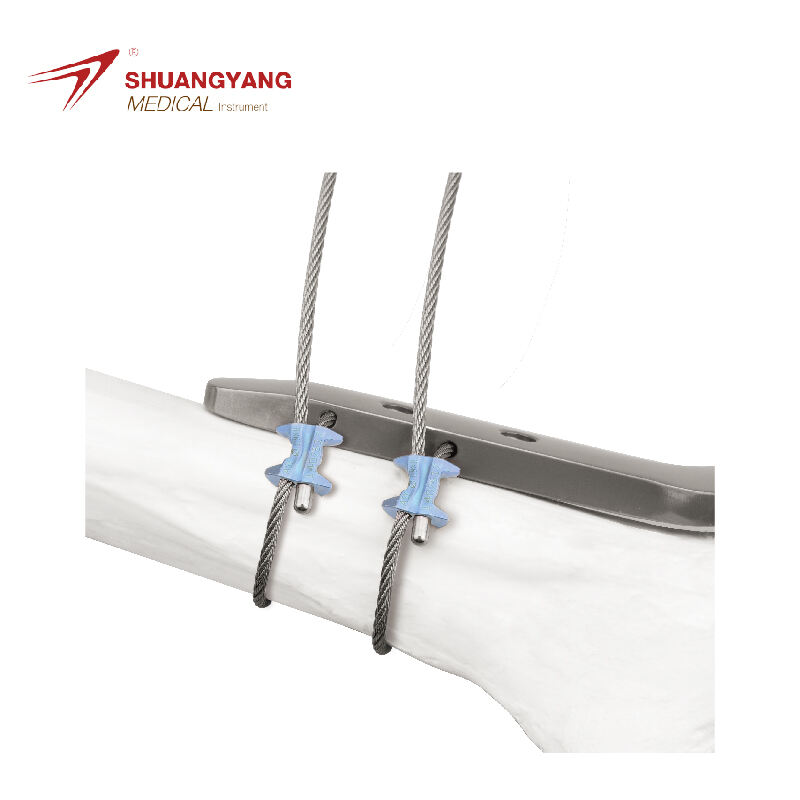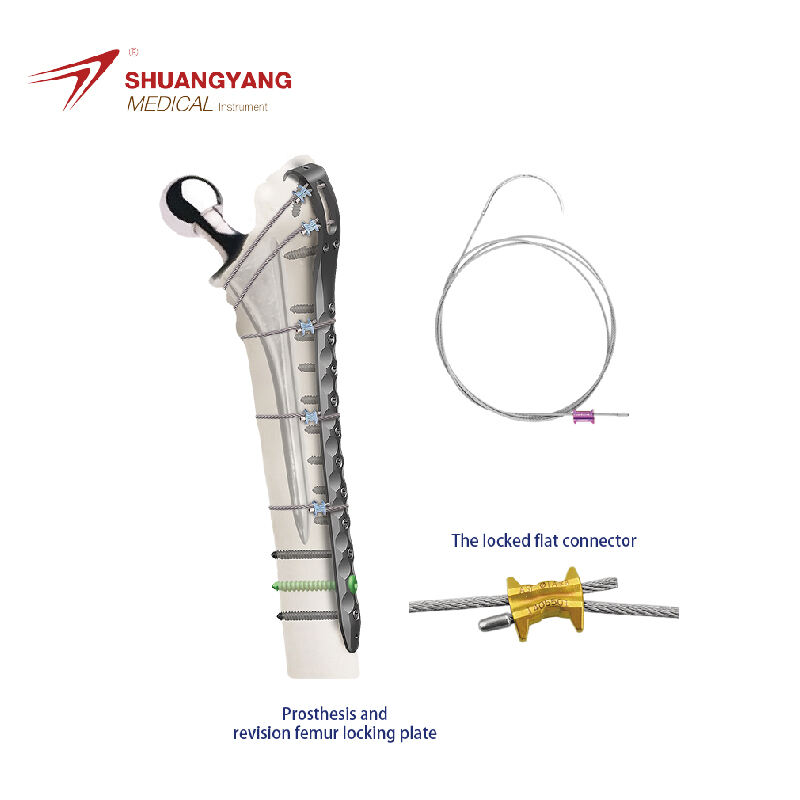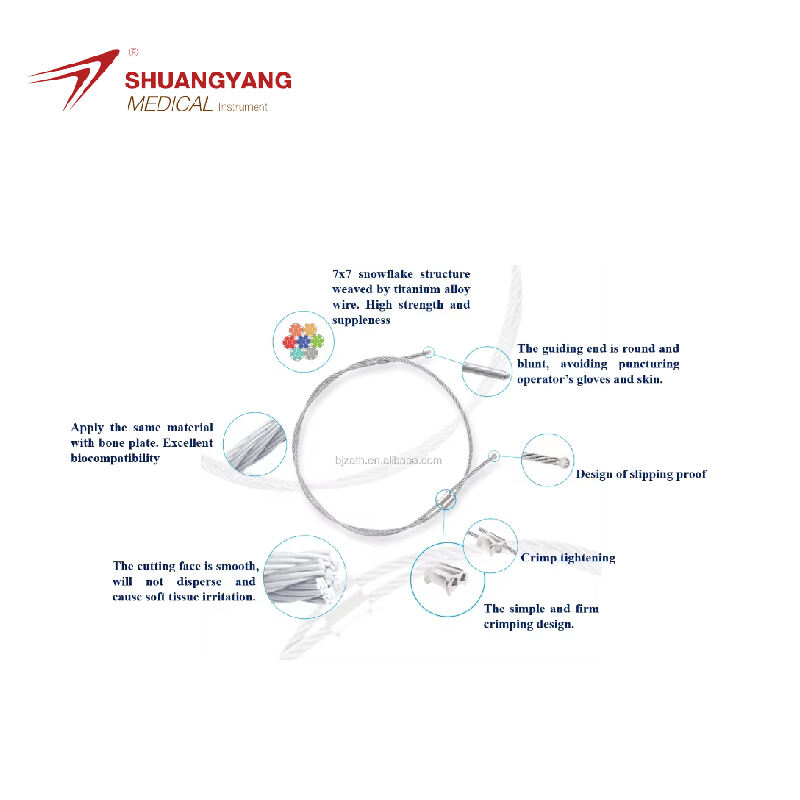pfna intramedullary nail
The PFNA intramedullary nail is a state-of-the-art medical device used primarily in the treatment of fractures in the femur. Its main functions include stabilizing the bone, facilitating proper alignment, and supporting the healing process. Technological features of the PFNA nail are designed to optimize these functions with a unique spiral blade that provides rotational stability, a proximal nail design that minimizes cortical damage, and a modular system that adapts to various patient anatomies. These features make the PFNA nail suitable for a wide range of applications, from simple to complex femoral fractures, ensuring that each patient receives customized treatment for the best possible outcome.


